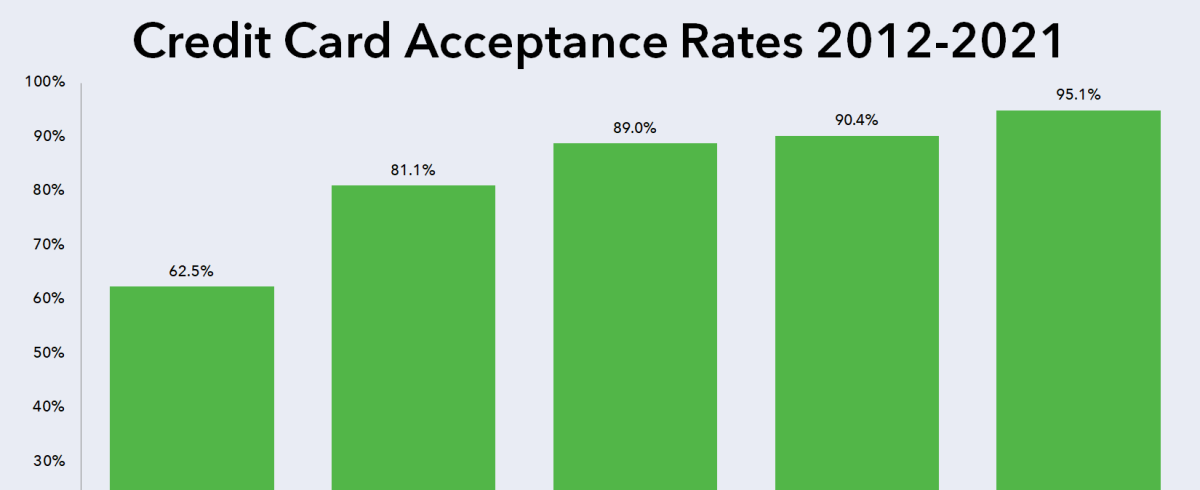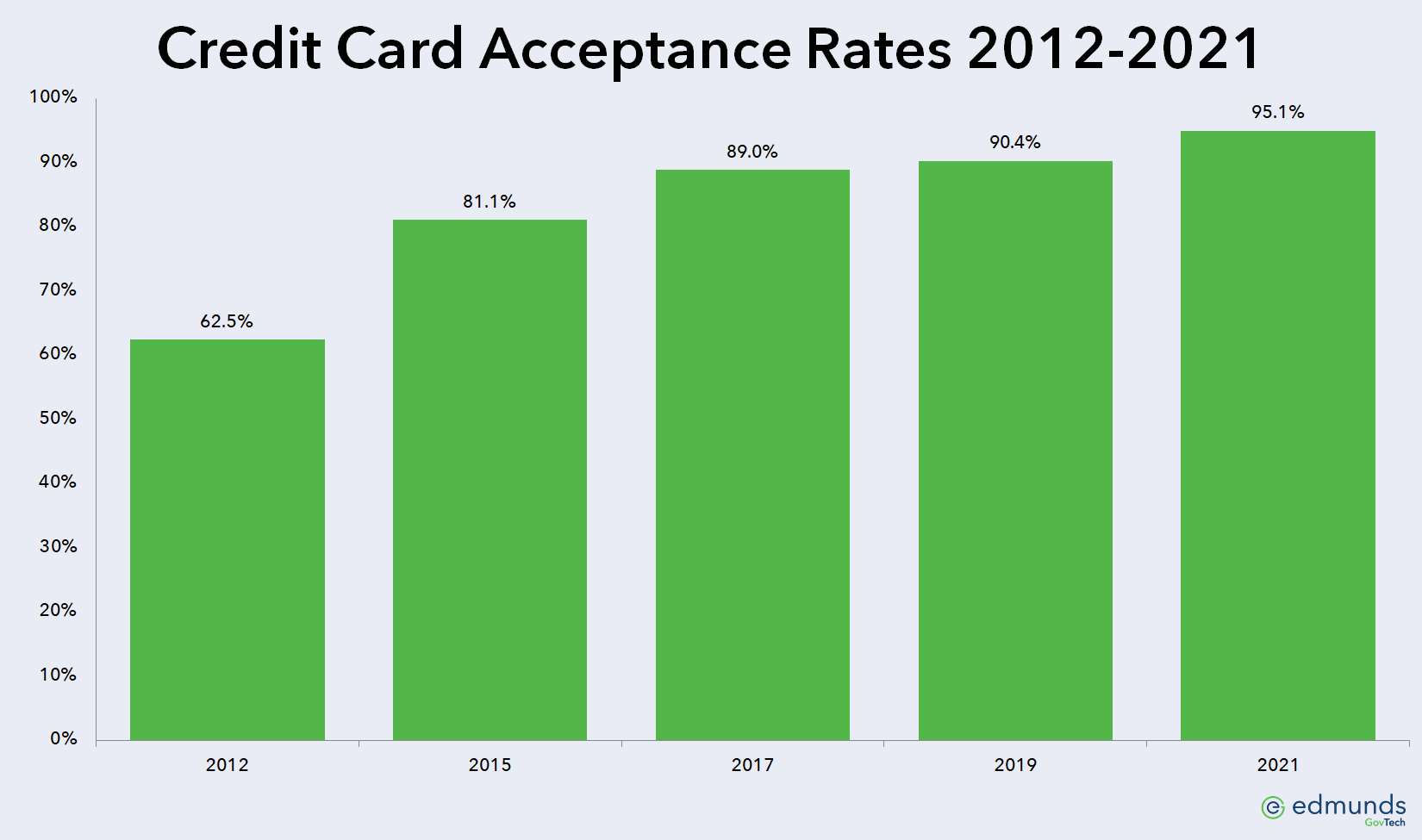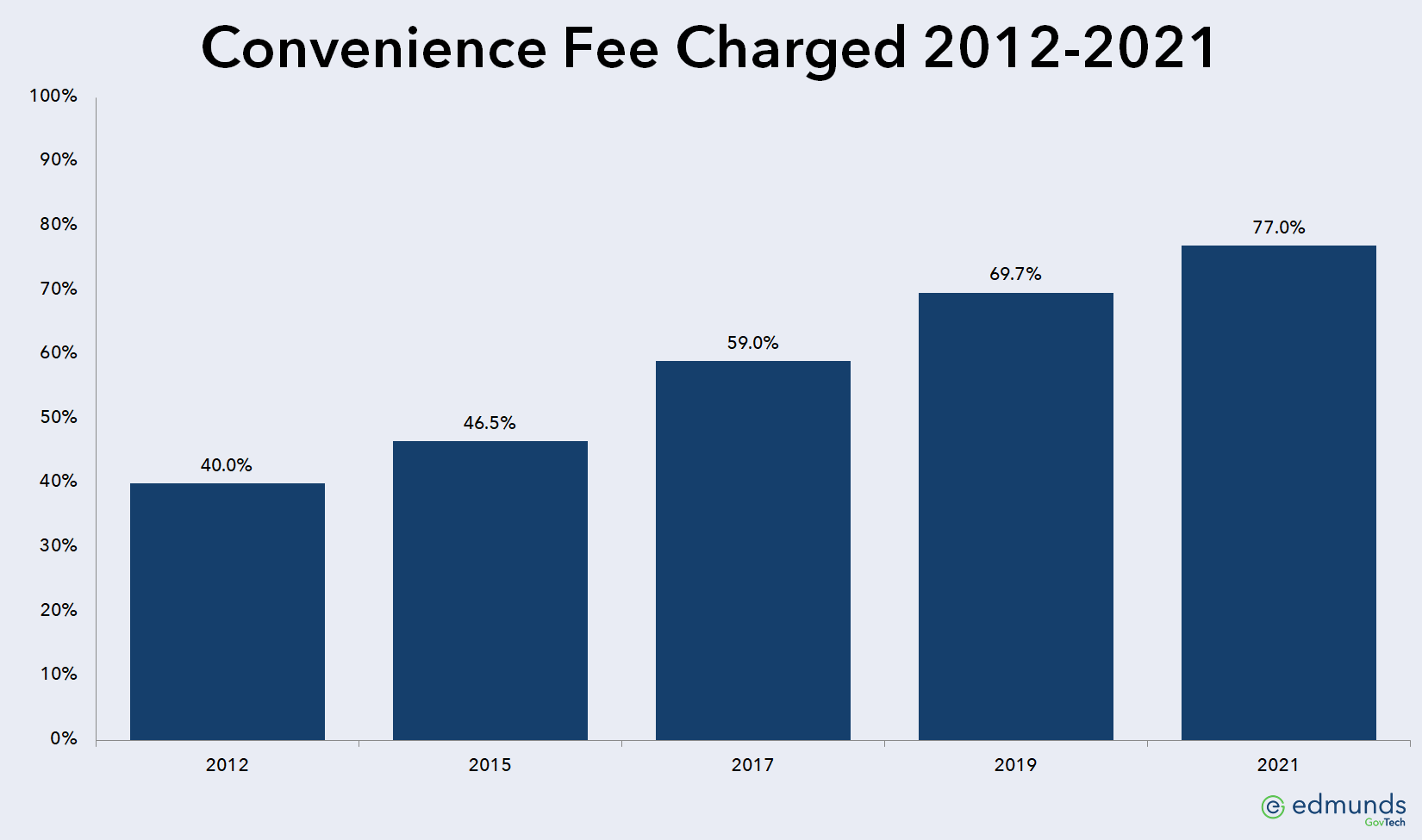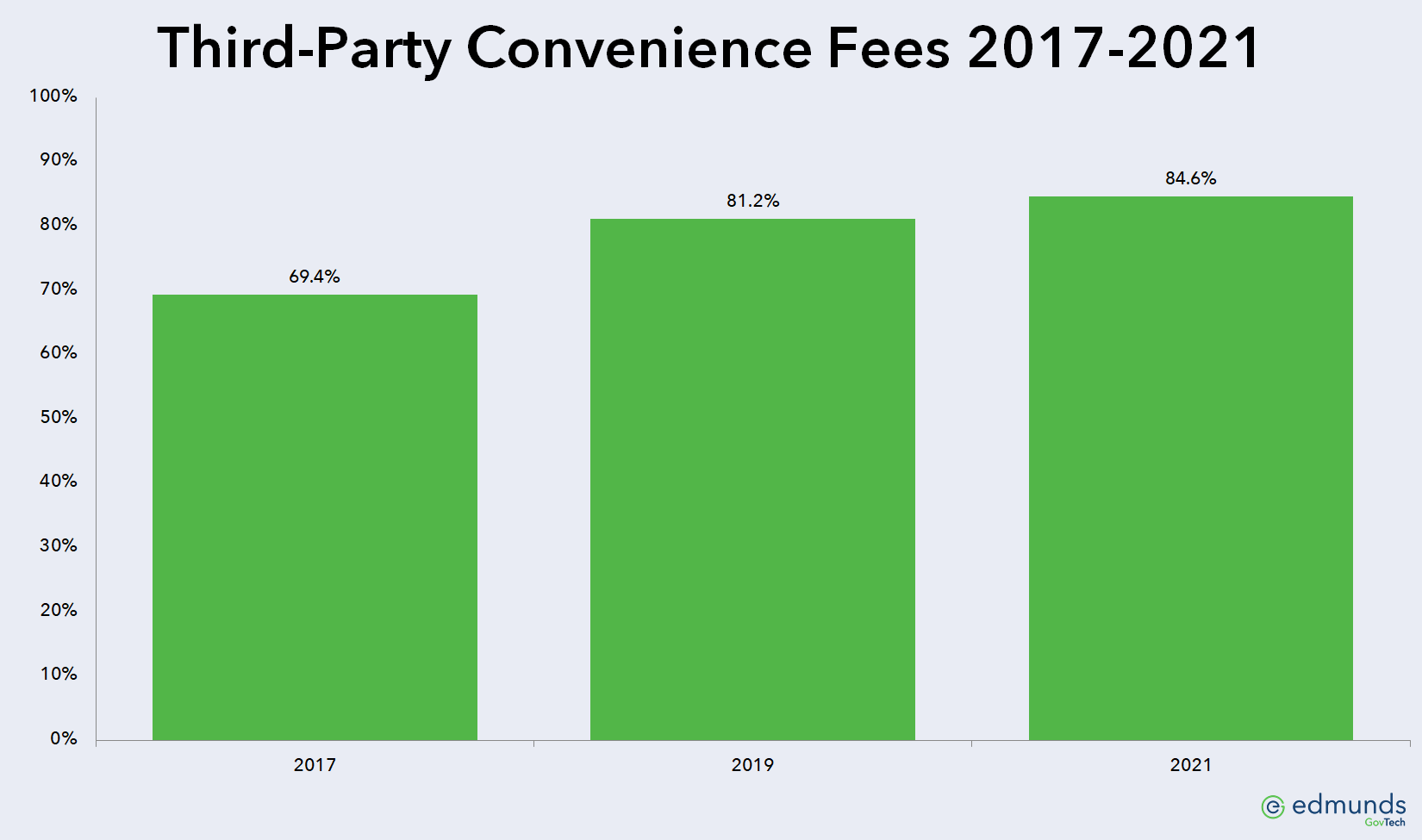Believe it or not, I remember a time when utilities didn’t accept credit cards. I also remember rotary dial landline phones, too, so…
I still recall our customer who initially inquired about modifying the software to include credit cards, in addition to cash and checks, as a payment method. This wasn’t a request for the software to perform credit card authorization, just to be able to enter something other than cash or check as the method of payment!
It seems this town had a council member who wanted to earn frequent flyer miles for paying his utility bill, so he asked town staff to investigate what would be required to accept credit cards.
As you might imagine, this predated any kind of online payments, as well. Obviously, credit card usage has come a long way since those days!
Credit card trends
We now have five years’ worth of data from the Utility Fee Survey – 2012, 2015, 2017, 2019, and 2021 – so I thought it might be interesting to see the trends in credit card adoption over that period. As you will see below, accepting credit cards, and charging a convenience fee to do so, has increased significantly since the inaugural Utility Fee Survey in 2012.
Credit card acceptance rates
Credit card acceptance has steadily increased over the course of the five Utility Fee Surveys, from 62.5% in 2012 to 95.1% this year (clicking on any of the graphs will open a larger image in a new window):
Convenience fees
I’ve written before about the pros and cons of charging a convenience fee. Doing so has increased from a rate of 40% in 2012 to 77% this year, as illustrated below:
Third-party convenience fees
The first two years of the Utility Fee Survey didn’t ask if convenience fees were charged by the utility or by a third party, so we only have data for third-party convenience fees since 2017. As with credit card acceptance and convenience fees in general, convenience fees being charged by a third-party has continued to increase, as shown here:






